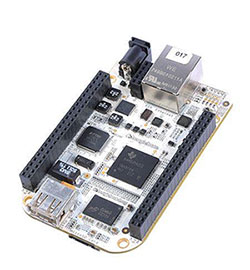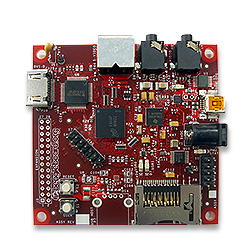I decided to put the code for this robotics journey on GitHub. Not really because I care to share it, but because I need a good way to bounce the code across two development machines onto the BeagleBone. Git is very easy to get working on Angstrom, subversion is not.
Otherwise, it’s been a productive day. I wrote a python class to control the RoboClaw. I’m now sitting down to flush out some Arduino Mega stuff.


